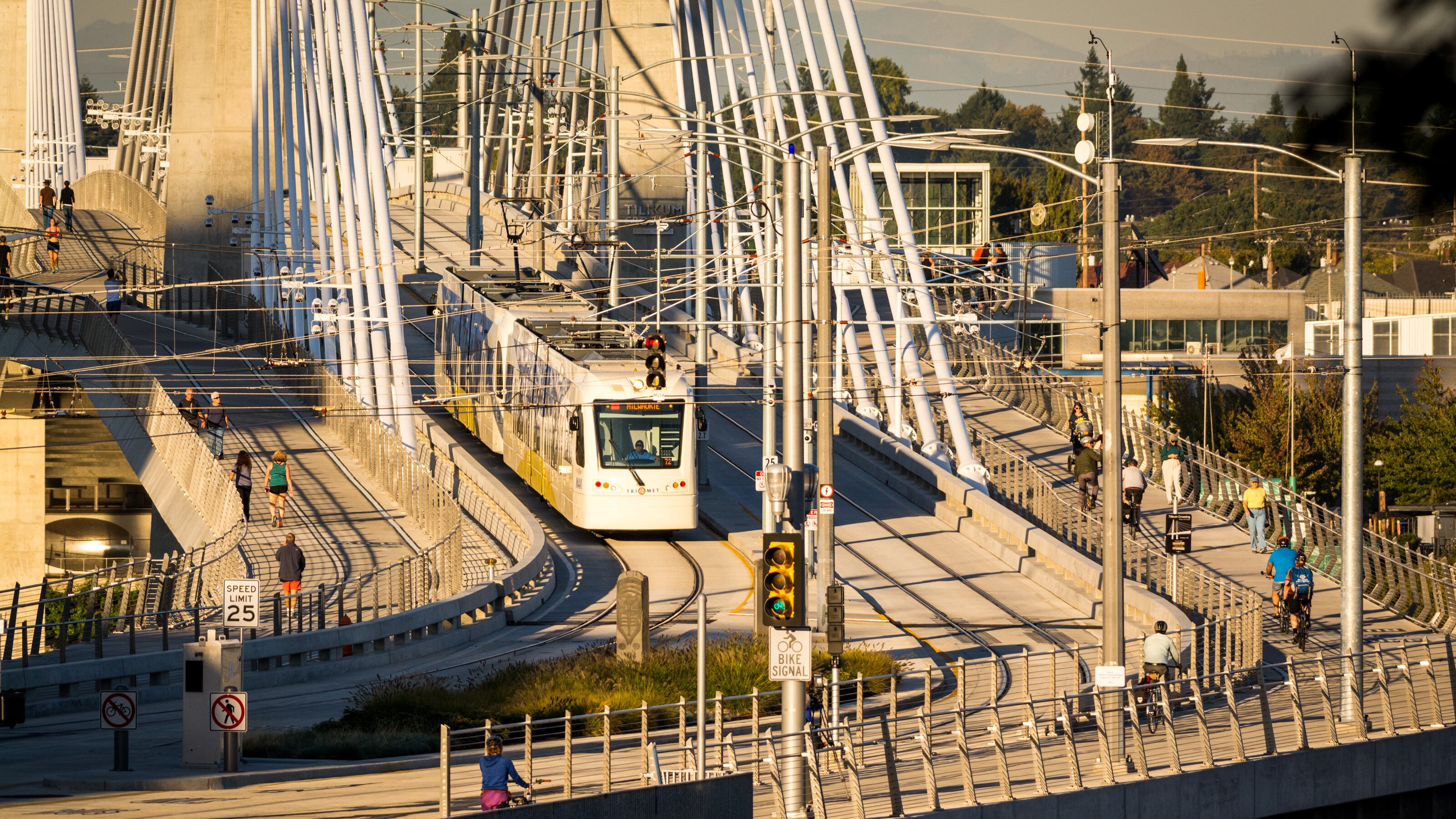A subway under downtown Portland could save commuters crossing the central city the equivalent of two hours of commuting time every week, data from a recently released analysis by the regional government Metro shows.
The "MAX Tunnel Study" released on Metro's website last week shows a light-rail subway could have important impacts, including speeding up travel times and attracting more riders as a result.
"The tunnel would improve MAX travel time between the Lloyd District and Goose Hollow by up to 13 minutes, providing quick access to downtown Portland and to key destinations across the central city," the report states. "Faster transit attracts more riders. The tunnel would increase MAX Red and Blue Line ridership by up to 27% by 2035."
The proposed subway tunnel from the Lloyd Center to Goose Hollow would cost an estimated $3 billion to $4.5 billion, based on similar projects in Los Angeles and Seattle, Metro finds.
Metro staff have proposed including a more precise study of the cost and engineering necessary for the project as part of a possible $3 billion transportation measure next year. That more precise study would cost $50 million—and would include questions like what route the subway would take, and what soil conditions exist there.

